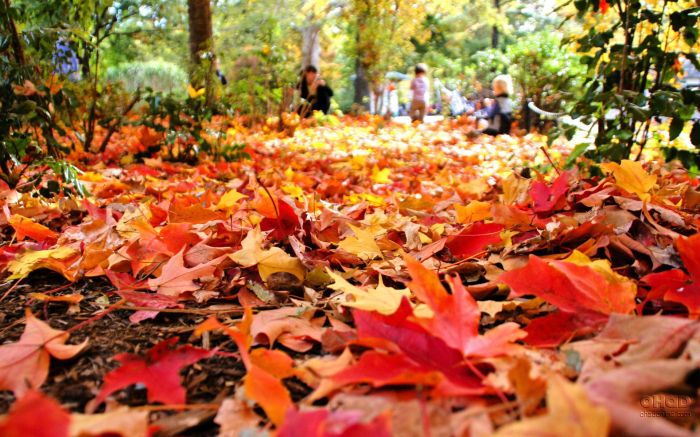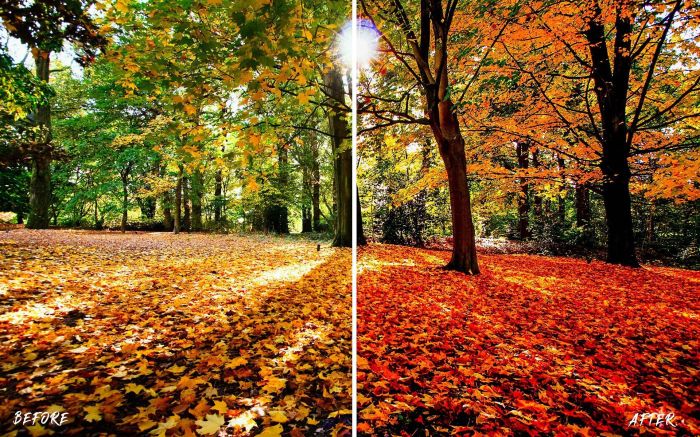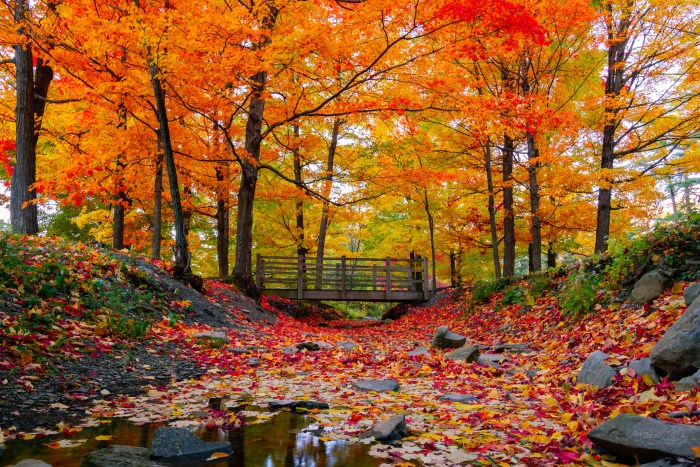Ideal Timing for Hollyhock Seed Sowing: When To Plant Hollyhock Seeds

When to plant hollyhock seeds – Yo, planting hollyhocks? It’s all about timing, fam. Get it wrong, and you’re lookin’ at a whole lotta nothin’. Get it right, and you’ll be rockin’ those majestic blooms all season long. This ain’t rocket science, but it does require a little know-how.
Spring vs. Fall Sowing: A Head-to-Head
Spring and fall sowings both have their ups and downs. Spring planting lets you get a jump on the growing season, but fall planting gives your seeds a head start before the next spring. Think of it like this: spring planting is the quick sprint, fall planting is the marathon.Spring planting, typically done after the last frost, ensures the seeds aren’t zapped by freezing temps.
The downside? You’re competing with weeds and other plants for resources, and you might have a shorter blooming period. Fall planting, on the other hand, allows seeds to stratify naturally over winter, leading to stronger, more vigorous plants in spring. However, you risk losing seeds to rodents or harsh winter conditions if not properly protected.
Frost’s Impact on Hollyhock Germination
Frost is the ultimate hollyhock seed killer, peeps. Freezing temperatures can completely destroy germinating seeds before they even have a chance to sprout. That’s why waiting until after the last expected frost is crucial for spring sowing. For fall sowing, you need to consider the potential for early frost and choose a planting time that gives the seeds enough time to establish themselves before the ground freezes.
Mulching can be a lifesaver here – it acts like a cozy blanket, protecting your precious seeds from the cold.
Recommended Planting Times by USDA Hardiness Zone
This table breaks down the ideal planting times based on your USDA hardiness zone. Remember, these are guidelines, and your local climate might slightly affect these times. Always check your local weather forecast before planting.
| Zone | Spring Planting Time | Fall Planting Time | Considerations |
|---|---|---|---|
| 3-5 | Late May – Early June | Late September – Early October | Short growing season; choose early-maturing varieties. Consider extra protection for fall planting. |
| 6-7 | April – May | October – November | Moderate growing season; plenty of options for both spring and fall planting. |
| 8-10 | March – April | November – December (in milder areas) | Long growing season; fall planting may be less successful in areas with frequent winter rain. |
Seed Starting Methods
Yo, planting hollyhocks? It’s all about timing and technique, fam. There are two main ways to get those majestic blooms growing: direct sowing (straight into the ground) and starting seeds indoors. Each method has its own perks and pitfalls, so let’s break it down.Direct sowing is the OG method – super chill and low-key. Starting seeds indoors, on the other hand, gives you more control and a head start, but requires a bit more effort.
Think of it like this: direct sowing is like grabbing a mic and freestyling, while starting indoors is like meticulously crafting a killer track in the studio.
Okay, so like, planting hollyhock seeds is all about timing, right? You gotta wait until after the last frost, totally, but before it gets, like, crazy hot. It’s kinda similar to figuring out when to plant other stuff, you know? Check out this site when to plant willow tree to get a feel for the whole process.
Then, get back to those hollyhocks – you want to make sure the soil’s nice and moist before you toss those seeds in!
Direct Sowing
Direct sowing hollyhock seeds is like a quick and easy rap verse. You’re skipping the whole indoor growing phase and planting straight into the garden bed. Prepare your soil by loosening it up – hollyhocks need good drainage, so don’t plant in compacted soil. Sow seeds about ¼ inch deep and space them about 12-18 inches apart.
Water gently after planting. Keep in mind that germination rates can vary with direct sowing.
- Pros: Simple, less work, seeds often adapt better to outdoor conditions.
- Cons: Slower growth, susceptible to pests and unpredictable weather, lower germination rates.
Starting Seeds Indoors
This method is more like recording a full album – more steps, more work, but potentially a bigger payoff. Starting hollyhock seeds indoors gives you a major advantage. You’ll need seed-starting mix (not garden soil!), small pots or seed trays, and a sunny spot. Sow seeds about ¼ inch deep and lightly cover with soil. Keep the soil moist but not soggy.
Once seedlings develop their second set of true leaves, it’s time to transplant them outdoors, after the last frost, of course. Gradually harden off your seedlings before transplanting them to avoid transplant shock. Think of hardening off as prepping your seedlings for the big stage.
- Gather your supplies: Seed-starting mix, small pots or seed trays, a sunny location, and a watering can.
- Sow the seeds: Sow seeds about ¼ inch deep, spacing them appropriately in the pots or trays.
- Keep moist: Maintain consistent moisture, ensuring the soil doesn’t dry out or become waterlogged.
- Provide light: Place the seedlings in a sunny location, or supplement with grow lights if necessary.
- Transplant: Once seedlings develop their second set of true leaves, carefully transplant them into larger containers or directly into the garden after the last frost. Space them about 12-18 inches apart.
- Harden off: Before transplanting outdoors, gradually acclimate the seedlings to outdoor conditions over a period of several days to avoid shock.
- Pros: Faster growth, higher germination rates, better control over environment, increased protection from pests and harsh weather.
- Cons: More work, requires more space and supplies, seedlings can be more delicate and prone to damage during transplanting.
Soil and Site Preparation

Yo, wanna grow some killer hollyhocks? It’s all about setting up the perfect crib for those majestic blooms. Get the soil right, and you’re golden. Get it wrong, and you’ll be dealing with some seriously bummed-out plants. Let’s break it down.
Hollyhocks are pretty low-maintenance, but they do have some preferences. Think of it like choosing the right spot for your epic summer hangout – you wouldn’t throw a bonfire in a swamp, right? Similarly, understanding your soil’s pH, drainage, and type is key to hollyhock happiness.
Ideal Soil Conditions
Hollyhocks thrive in well-drained soil that’s slightly alkaline to neutral. Think of a loose, crumbly texture, like that perfect chocolate chip cookie – not too dense, not too airy. Aim for a pH level between 6.0 and 7.5. Heavy clay soils can lead to waterlogging and root rot, which is a total buzzkill for your hollyhocks. Sandy soil, on the other hand, might dry out too quickly, leaving your plants thirsty.
A good soil test kit can give you the lowdown on your soil’s pH and composition.
Sunlight Requirements
These beauties need sun to shine! Hollyhocks crave at least six hours of direct sunlight each day. Think of it like this: they’re sun worshippers, basking in the glorious rays. A spot in full sun will give them the energy they need to produce those impressive flower spikes. Partial shade might work in exceptionally hot climates, but full sun is the ultimate goal.
Soil Preparation, When to plant hollyhock seeds
Before you even think about tossing those seeds, prep the soil. It’s like getting the stage ready for a rock concert – you want it to be perfect! Start by loosening the soil with a garden fork or tiller to a depth of about 12 inches. This improves drainage and allows roots to spread out. Then, mix in a generous amount of compost or other organic matter, like well-rotted manure.
This adds nutrients and improves soil structure. The goal is to create rich, fertile ground that’s easy for the roots to penetrate. Think of it as giving your hollyhocks a nutrient-packed smoothie for ultimate growth.
Creating a Well-Drained Planting Bed
If your soil drains poorly, you’ll need to amend it. One way is to create raised beds. This involves building up the soil level to improve drainage. Another option is to incorporate materials that improve drainage, such as perlite or coarse sand, into heavy clay soil. Think of it like adding gravel to a clogged drain – it helps things flow smoothly.
Good drainage prevents root rot and ensures your hollyhocks get the water they need without drowning. You can also test drainage by digging a hole and filling it with water. If the water drains quickly, you’re good to go. If it sits there for a while, you need to improve drainage.
Aftercare and Germination

Yo, so you’ve sown your hollyhock seeds, now what? Getting those little guys to sprout and thrive is key to a killer hollyhock display. This section breaks down the post-planting care you need to nail it.Optimal conditions for hollyhock seed germination involve a sweet spot of temperature and moisture. Think of it like Goldilocks – not too hot, not too cold, just right.
Hollyhock seeds dig a soil temperature around 65-75°F (18-24°C). Keeping the soil consistently moist, but not soggy, is crucial. Think damp sponge, not a swimming pool. Overwatering can lead to rot, while underwatering will leave your seeds high and dry.
Hollyhock Seedling Aftercare
After germination, regular watering is your main jam. Keep the soil evenly moist, especially during dry spells. Avoid letting it completely dry out, but also don’t drown your seedlings. Weeding is also crucial. Those pesky weeds will compete with your hollyhocks for nutrients and water, stunting their growth.
Regular weeding, especially when they’re young and vulnerable, is essential for healthy growth. Fertilizing can give your hollyhocks a boost, but don’t go overboard. A balanced, slow-release fertilizer applied sparingly will do the trick. Too much fertilizer can burn the delicate seedlings.
Protecting Seedlings from Pests and Diseases
Hollyhocks can be susceptible to various pests and diseases. Snails and slugs are notorious for munching on young seedlings. You can protect them by creating a barrier around your plants using crushed eggshells or copper tape. Powdery mildew is a common fungal disease that can affect hollyhocks. Good air circulation around the plants and avoiding overhead watering can help prevent it.
If you spot any signs of disease, promptly remove affected leaves and consider using an organic fungicide.
Signs of Successful Germination and Troubleshooting
Successful germination usually shows itself within 2-4 weeks, with tiny sprouts emerging from the soil. If you don’t see anything after a month, there might be a few reasons. The seeds might be old or have poor viability. The soil might be too dry or too wet. The temperature might be too extreme.
If germination fails, consider re-sowing fresh seeds, ensuring optimal soil conditions and temperature. Also, make sure your seeds weren’t planted too deep – shallow planting is key for successful germination.
Visual Guide to Hollyhock Seedlings
Yo, future green thumbs! So you’ve sown your hollyhock seeds, and now you’re waiting for the magic to happen. But knowing what a healthy seedling looks like versus a not-so-healthy one is key to a killer hollyhock harvest. This is your guide to spotting the difference, so you can keep those little guys thriving.Knowing the visual cues of a healthy versus an unhealthy seedling is like having X-ray vision for your plants – you’ll be able to diagnose problems before they become major drama.
This helps you catch issues early, preventing a total plant meltdown.
Healthy Hollyhock Seedling Appearance
Picture this: a tiny, vibrant green shoot emerges from the soil. First, you’ll see the cotyledons – these are the seed leaves, usually roundish and a pale green. They’re like the seedling’s first outfit, providing initial nourishment. After a week or two, the true leaves appear. These are the real deal, showcasing the characteristic lobed shape of hollyhock leaves – kinda like little hands reaching for the sun.
They’re a deeper, richer green than the cotyledons, and they’ll unfurl gracefully. The stem is usually stout and a pale green, showing good vigor. The whole seedling looks perky and ready to rock. Think of it as a mini, perfectly sculpted green superhero, poised to take on the world.
Unhealthy Hollyhock Seedling Appearance
Now, let’s talk about the not-so-glamorous side. An unhealthy seedling might look weak and spindly, with pale or yellowing leaves. Damping-off, a fungal disease, can cause the stem to rot near the soil line, leading to the seedling collapsing. Nutrient deficiencies can manifest as yellowing leaves, stunted growth, or discoloration. If you see a seedling that’s leaning over or has brown, mushy spots, that’s a major red flag.
Imagine a wilted, sad-looking plant – that’s your unhealthy hollyhock seedling, crying out for help.
Visual Comparison of Healthy and Unhealthy Seedlings
Let’s create a text-based visual: Healthy Seedling:Imagine a tiny, upright plant. The stem is sturdy and light green. Two small, round, pale green cotyledons are at the base. Above them, two or three deeply lobed, vibrant green leaves unfurl, reaching towards an imaginary sun. The overall impression is one of vibrant health and vigor.
Unhealthy Seedling:Now picture this: a thin, leaning plant with a pale, yellow-green stem. The stem is close to the ground, almost lying down. The cotyledons are pale and possibly shriveled. The few leaves present are small, yellowed, and limp. There might be a dark, brown, mushy area at the base of the stem.
The overall appearance is weak and sickly. It’s like the plant is giving up the ghost.
FAQ Summary
What type of soil is best for hollyhocks?
Hollyhocks prefer well-drained soil that is rich in organic matter. A slightly alkaline pH is ideal.
How deep should I plant hollyhock seeds?
Plant hollyhock seeds about ¼ inch deep.
How far apart should I space hollyhock seedlings?
Space hollyhock seedlings 12-18 inches apart to allow for adequate growth.
What should I do if my hollyhock seeds don’t germinate?
Ensure proper soil moisture and temperature. Consider re-sowing fresh seeds.
How can I prevent diseases in my hollyhocks?
Provide good air circulation, avoid overhead watering, and remove any diseased plants promptly.
